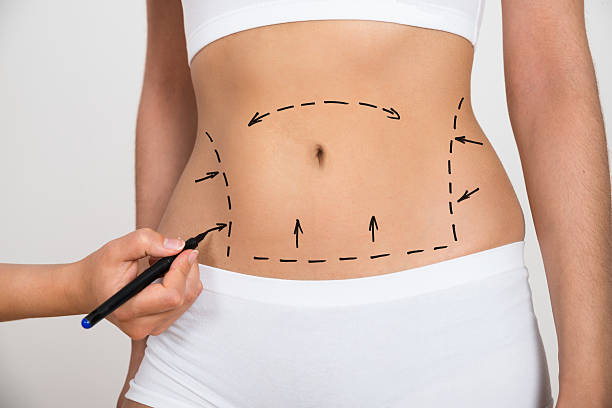Liposuction, often hailed as a remarkable fusion of art and science, has gained widespread popularity as a cosmetic procedure aimed at reshaping the body by removing excess fat. This article delves into the intricacies of liposuction, exploring the techniques, safety measures, and frequently asked questions to provide a comprehensive overview of this transformative procedure.
Introduction
Liposuction, also known as lipo or lipoplasty, is a minimally invasive surgical procedure designed to target and remove stubborn fat deposits from various areas of the body. It has evolved over the years into a sophisticated blend of artistic finesse and scientific precision. The primary objective of liposuction is not just to eliminate unwanted fat but to sculpt and contour the body, creating harmonious proportions.
The Science Behind Liposuction
At its core, liposuction involves the removal of fat cells through a suction device, typically a cannula, to reshape the treated area. This procedure can be performed on several body parts, including the abdomen, thighs, buttocks, arms, and more. While it is not a substitute for weight loss, liposuction can offer significant cosmetic improvements.
Techniques and Approaches
Traditional Liposuction
Traditional liposuction, also known as suction-assisted liposuction (SAL), is a classic technique that involves the insertion of a cannula beneath the skin to manually break up and suction out fat cells. This method has been refined over the years, with the development of smaller, more precise instruments and improved safety measures.
Laser-assisted liposuction (LAL)
Laser-assisted liposuction employs laser technology to liquefy fat cells before removal, making the process smoother and potentially reducing downtime. LAL is known for its precision and the ability to tighten the skin, making it suitable for various body areas.
Ultrasound-Assisted Liposuction (UAL)
In UAL, ultrasound waves are used to break down fat cells, facilitating their removal. This technique is particularly effective in treating fibrous or dense fat deposits, making it a versatile option.
1. Is liposuction a weight loss procedure?
Liposuction is not a weight loss solution; it is intended for body contouring and removing localized fat deposits. Candidates should be near their ideal weight before considering liposuction.
2. What is the recovery time for liposuction?
Recovery times vary, but most patients can expect some swelling and bruising for a few weeks. Full results may take several months to become apparent.
3. Are there any risks associated with liposuction?
Like any surgical procedure, liposuction carries risks, including infection, scarring, and uneven results. It’s crucial to consult with a qualified surgeon to understand the potential risks.
Conclusion
Liposuction represents an exquisite blend of artistry and science, offering individuals the opportunity to sculpt their bodies and achieve the contours they desire. With various techniques available, it’s essential to consult with a board-certified plastic surgeon to determine the most suitable approach for your unique needs and goals. While liposuction can produce dramatic results, it is essential to maintain a healthy lifestyle to ensure long-term satisfaction.













